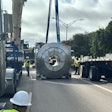One of the biggest stories in MRI for 2004 has been the increasingly rapid adoption of 3-tesla MRI scanners for routine clinical use. Once considered a field strength appropriate for brain research more than anything else, 3-tesla exams are breaking into the mainstream as the new upper end of the high-field clinical MRI market. Some vendors estimate that the 3-tesla segment grew 40% to 45% in 2004, and now makes up 25% to 30% of the total MRI market as measured by dollar value.
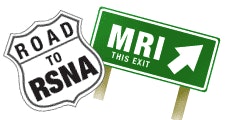
Industry observers characterize the MRI market as unsettled -- while some project growth in the 6% to 8% range, others see signs of delayed purchasing decisions, either due to the recent U.S. presidential election or the result of wait-and-see attitudes toward 3-tesla. This could create pent-up demand that will be released as clinicians recognize that 3-tesla scanners are ready for clinical consumption.
Ultra-short-bore systems in the 1.5-tesla segment will be a conference highlight, as vendors push to make cylindrical scanners as patient-friendly as possible. Controversy could erupt, however, if vendors also push the envelope in hyping the open configurations of the systems.
 Compare multiple open MRI systems instantly. Click here |
The open-magnet segment has always been an active market, and things could heat up this year with the introduction of a new 1-tesla open superconducting magnet from Philips Medical Systems of Andover, MA. Other companies with mid-field open supercons will be adding new technologies and applications to make them more competitive with their high-field brethren. Breast imaging seems to be particularly suited to these systems, as their open sides make it possible to easily conduct breast biopsy procedures.
Another hot clinical application is whole-body diffusion-weighted imaging (DWI). By producing PET-like maps of malignant versus benign tissue, vendors hope that DWI will move MRI toward a screening role à la whole-body CT -- only without the radiation concerns.
Cardiac MRI is one promising application that has yet to achieve its full potential. Look for vendors to demonstrate progress in making this technique faster, less complex, and easier for clinicians to conduct -- necessary steps before it can achieve widespread use.



.fFmgij6Hin.png?auto=compress%2Cformat&fit=crop&h=100&q=70&w=100)
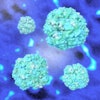
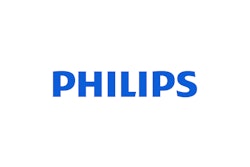
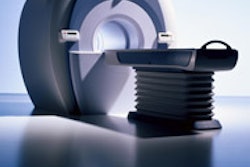
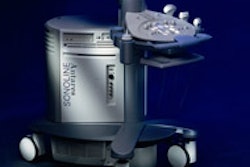
.fFmgij6Hin.png?auto=compress%2Cformat&fit=crop&h=167&q=70&w=250)









